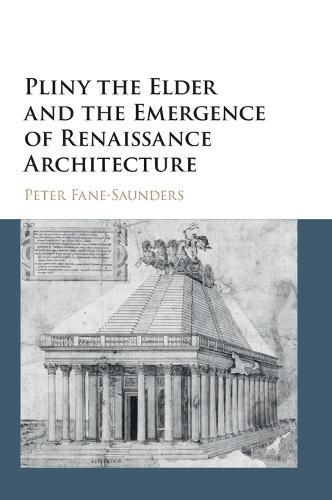Readings Newsletter
Become a Readings Member to make your shopping experience even easier.
Sign in or sign up for free!
You’re not far away from qualifying for FREE standard shipping within Australia
You’ve qualified for FREE standard shipping within Australia
The cart is loading…






The Naturalis historia by Pliny the Elder provided Renaissance scholars, artists and architects with details of ancient architectural practice and long-lost architectural wonders - material that was often unavailable elsewhere in classical literature. Pliny’s descriptions frequently included the dimensions of these buildings, as well as details of their unusual construction materials and ornament. This book describes, for the first time, how the passages were interpreted from around 1430 to 1580, that is, from Alberti to Palladio. Chapters are arranged chronologically within three interrelated sections - antiquarianism; architectural writings; drawings and built monuments - thereby making it possible for the reader to follow the changing attitudes to Pliny over the period. The resulting study establishes the Naturalis historia as the single most important literary source after Vitruvius’s De architectura.
$9.00 standard shipping within Australia
FREE standard shipping within Australia for orders over $100.00
Express & International shipping calculated at checkout
The Naturalis historia by Pliny the Elder provided Renaissance scholars, artists and architects with details of ancient architectural practice and long-lost architectural wonders - material that was often unavailable elsewhere in classical literature. Pliny’s descriptions frequently included the dimensions of these buildings, as well as details of their unusual construction materials and ornament. This book describes, for the first time, how the passages were interpreted from around 1430 to 1580, that is, from Alberti to Palladio. Chapters are arranged chronologically within three interrelated sections - antiquarianism; architectural writings; drawings and built monuments - thereby making it possible for the reader to follow the changing attitudes to Pliny over the period. The resulting study establishes the Naturalis historia as the single most important literary source after Vitruvius’s De architectura.